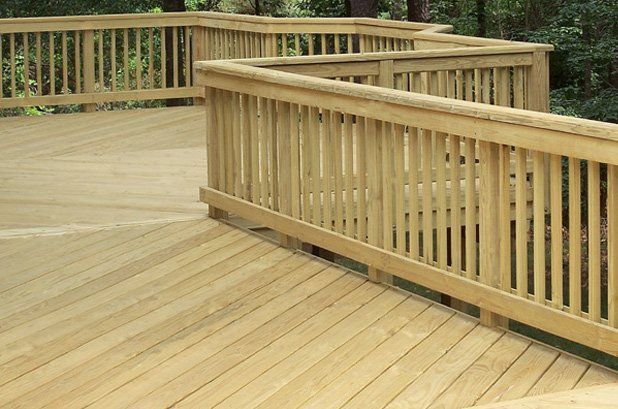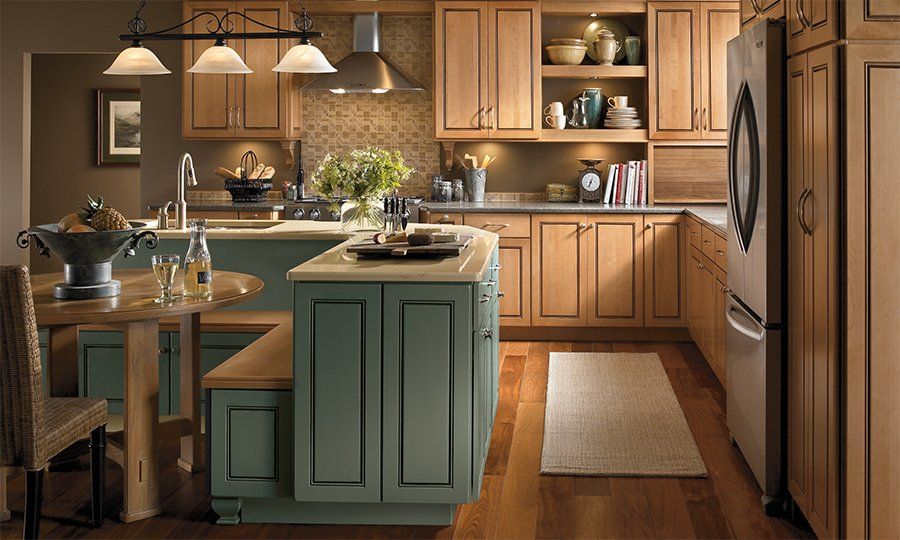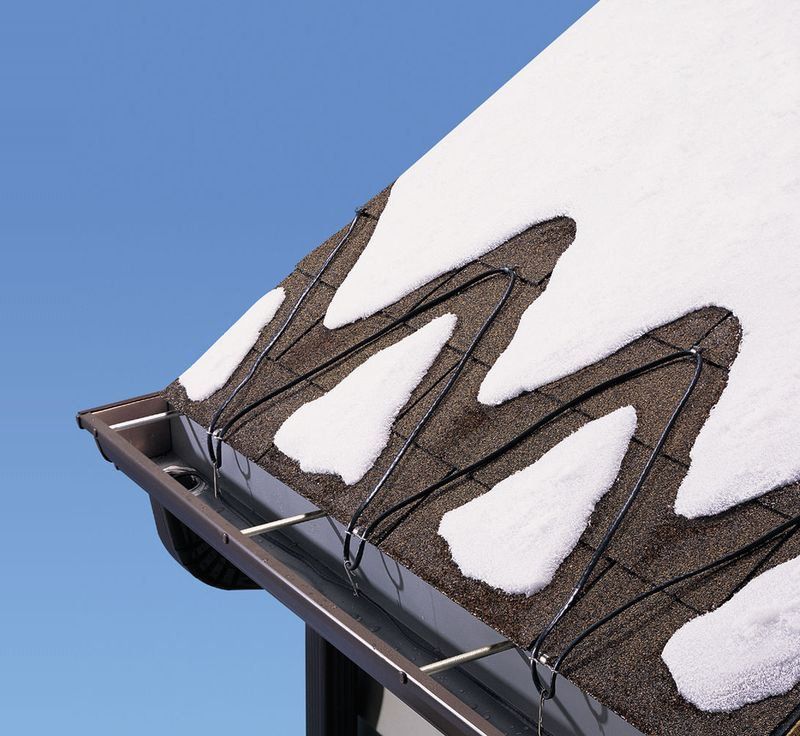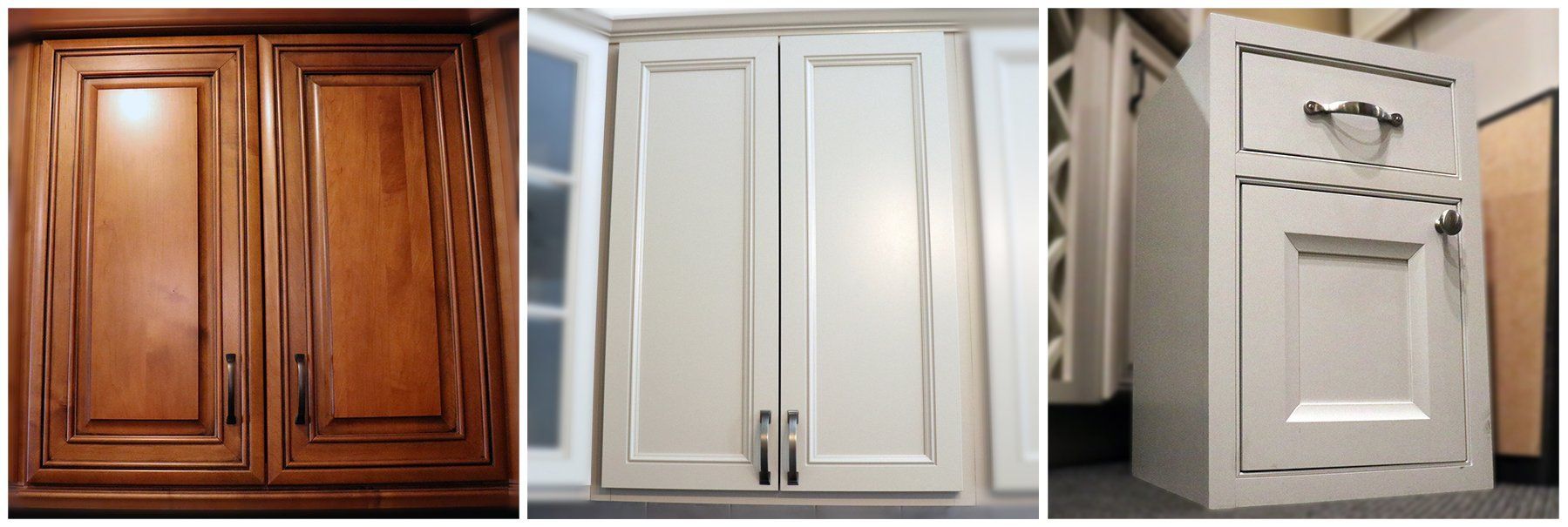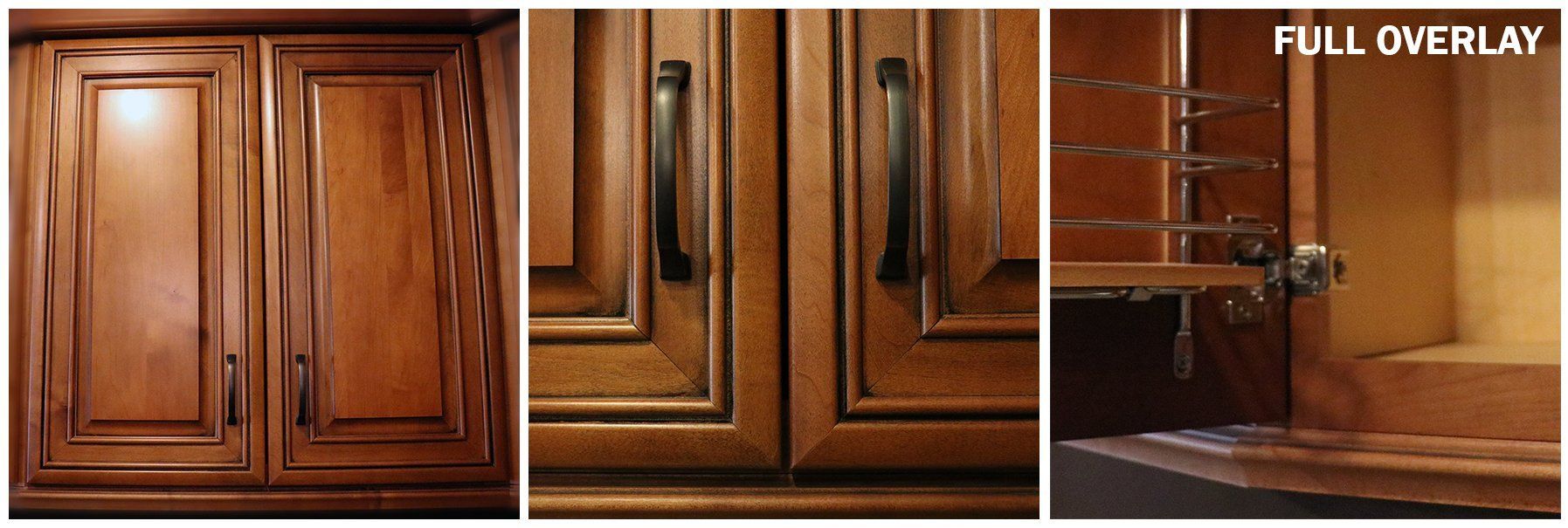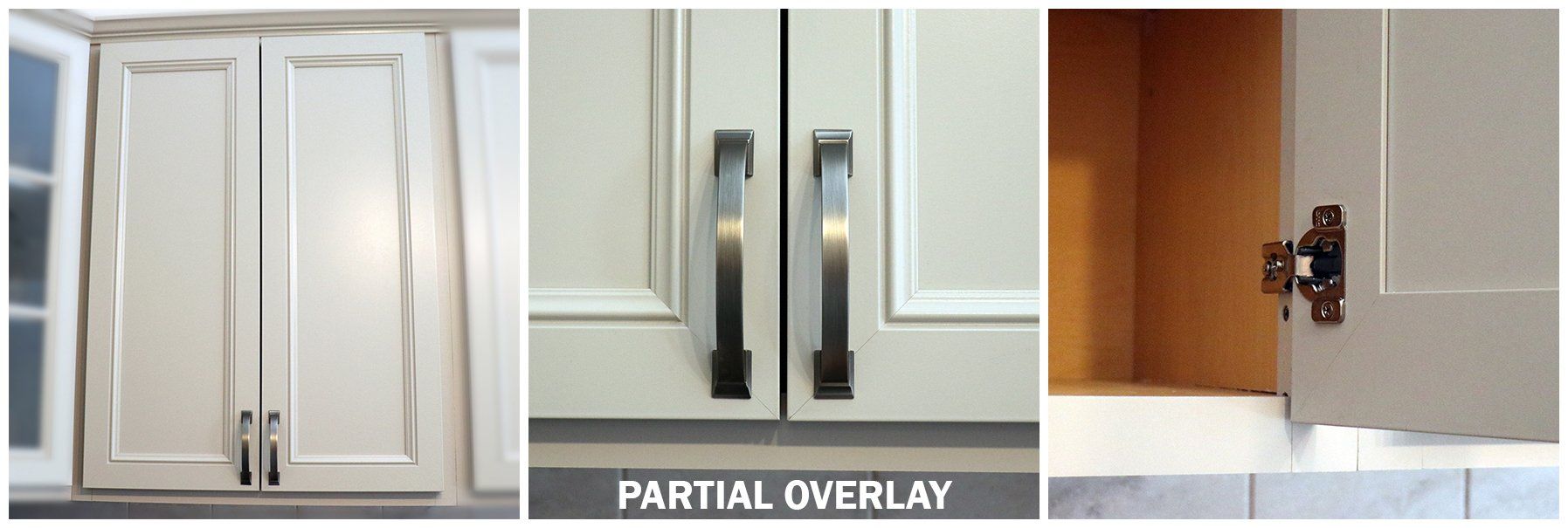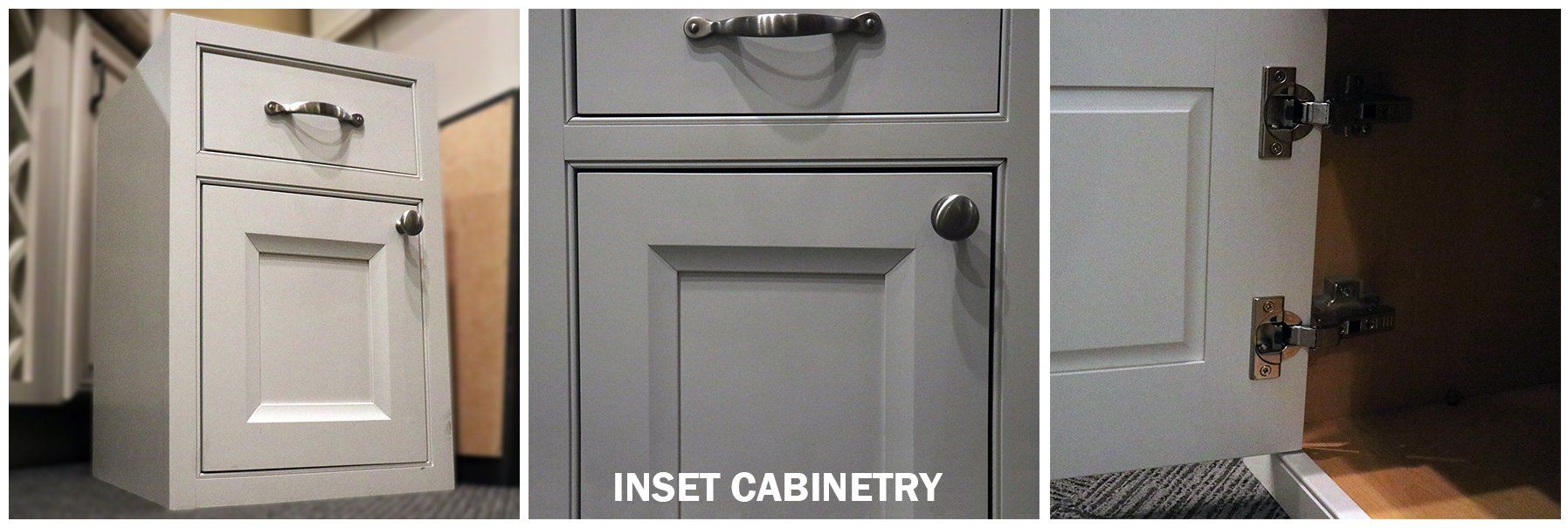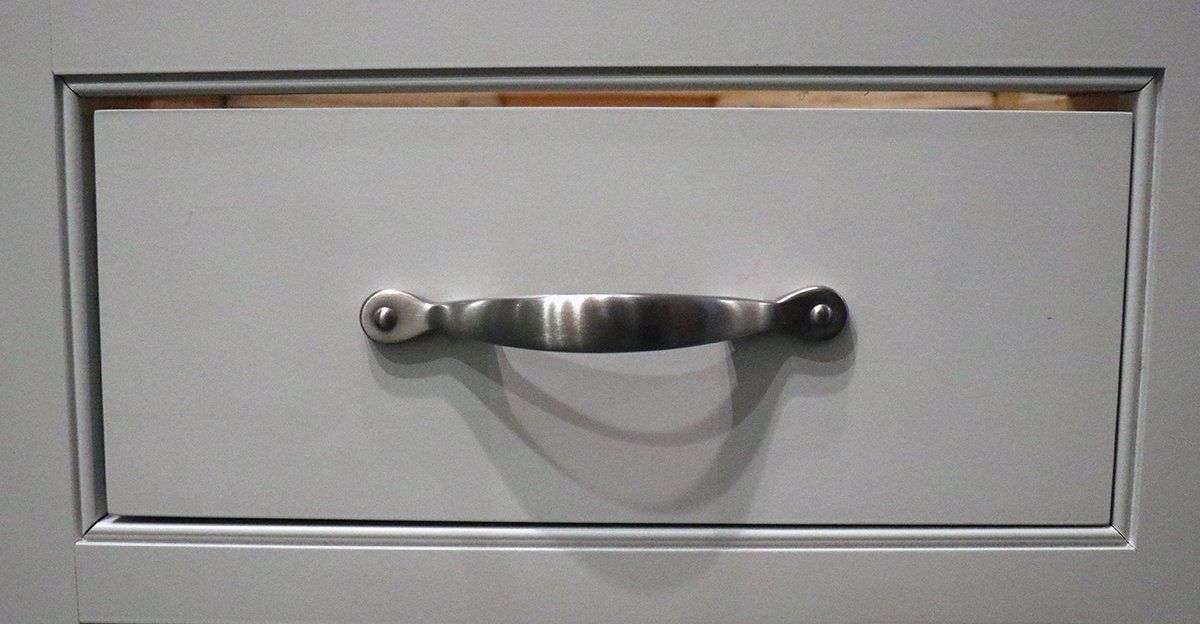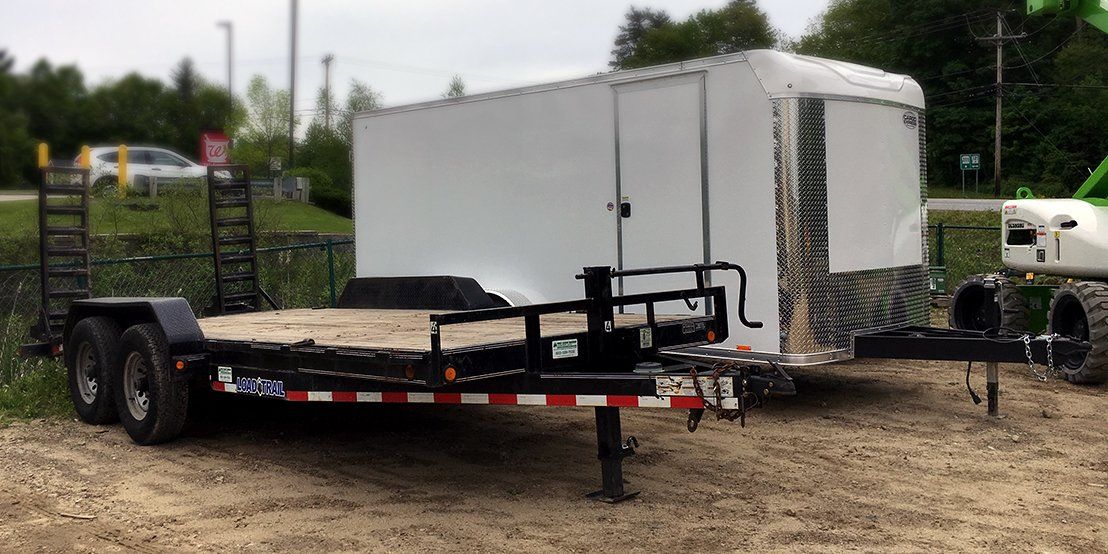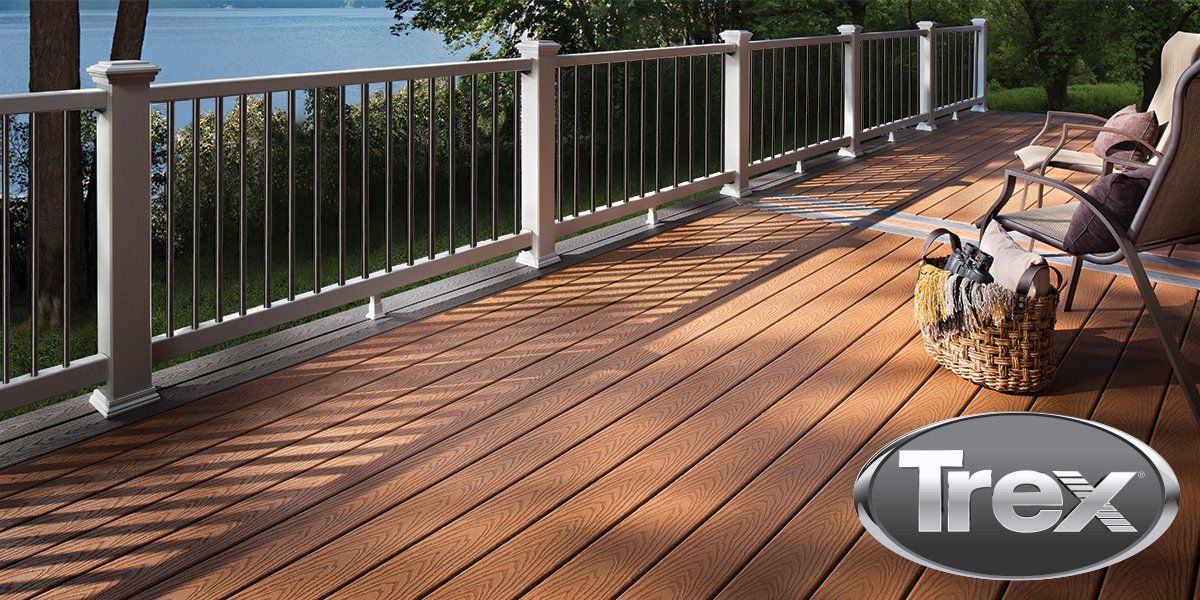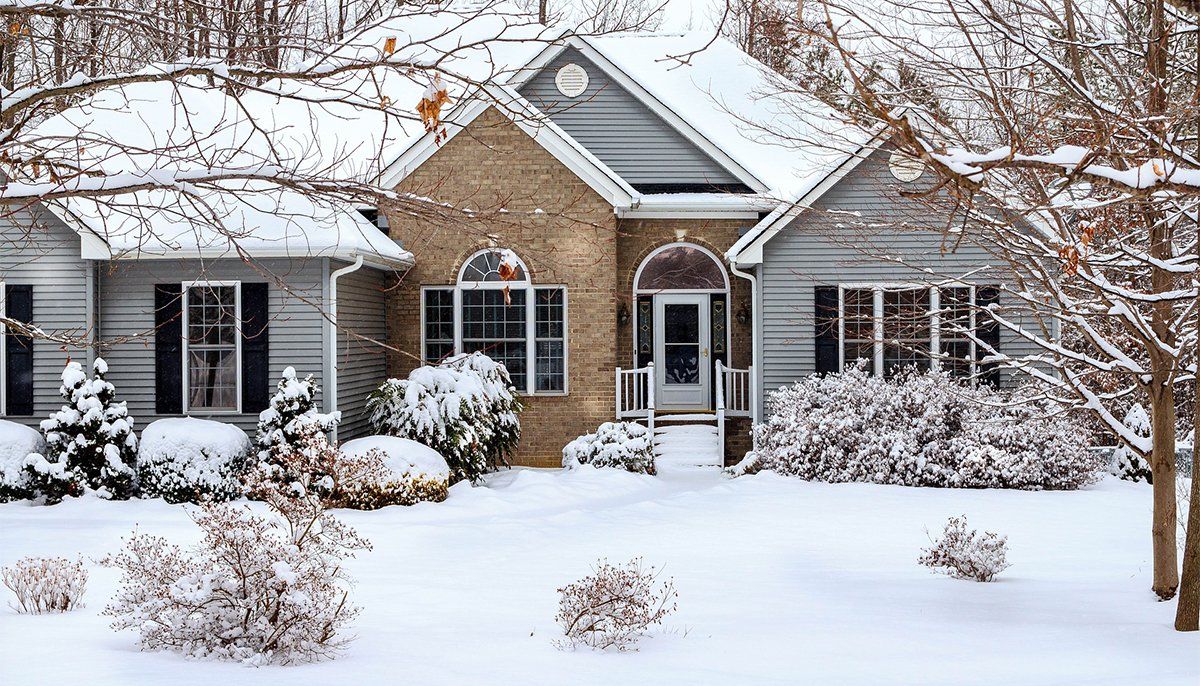What You Should Know About Inset Cabinetry
Despite the sleek look of this unique style, buyers must be aware of these conditions when thinking about inset cabinetry.
The internet is great for a lot of things. You probably wouldn't even be reading this article if it wasn't for the web. But when it comes to shopping for things online, looks can be deceiving. Especially if you are investing your money into redoing your kitchen.
According to one of our resident kitchen design consultants Steve Ross, one common pitfall he's witnessed is when customers don't understand that, when it comes to cabinets, there are larger differences between the inset and overlay styles.
"When it comes to the functionality of inset cabinetry, it is critical to install them square and true," said Ross. "You normally use shims to ensure it all lines up. It takes longer, it all has to be true and square. If it isn't—if its racked—the doors are never going to fit.
As we look further into the differences between these two styles, let's explore what each of the options are:
Overlay Cabinetry
Full and partial overlay cabinets rest on top of the frame of the cabinets. Full overlay doors and drawers generally cover the whole frame, leaving about a ¼ inch in between the cabinet doors without much need for adjustment. Compare this to partial overlay doors, where the space around the door requires even less adjustment since it has more wiggle room at inch or ½ inch of overlay. Both, however, share the standard 12" depth.
Inset Cabinetry
Inset cabinetry requires a little more finesse. The doors and drawers of inset cabinetry go inside the cabinet frames, which requires 13" of depth to accommodate for the storage you lose. The hinges are generally located inside of the cabinets. While the cabinets have what Ross calls a "sleek, flush look", there are gaps in between the frames and doors to allow for the swelling and contracting of the wood during changes in humidity.
The Differences Between the Cabinetry
So, what is the most important thing to know before going into an inset cabinet purchase? The biggest difference is that while overlay cabinets would suit the ambitious customer for a home project, Ross said that inset cabinetry is far from a do-it-yourself type project.
"They [inset cabinets] take longer to install," said Ross. "You have to get a professional installer who knows how to install these. You have to take extra care. It could take a couple extra days to properly adjust the doors."
This important distinction makes all the difference in terms of how effective your cabinets will be, especially in climates that have fluctuating humidity levels over the course of the year.
To maintain your inset cabinets to a functional level, the humidity in the rooms must stay between 30-55%.
"You’re going to get doors that are going to stick in high humidity," said Ross.
The other thing Ross couldn't stress enough was the accountability of adjusting the hinges, so that when the wood inevitably moves to the change in climate, they will still function properly once they are maintained.
"Even the drawers have adjustability," said Ross. Before they put the pulls on it, the drawers have to be adjusted because, once you drill a hole for the hardware, you're left with a problem right off the bat."
For Ross, it is of the utmost importance that people understand what they are getting themselves into. For him, important decisions like these go beyond the surface of just a lush, sleek look and cannot simply be bought online without advanced warning.
"It has its own look to it, but it's for the discriminating buyer," said Ross. "If somebody can't live with the characteristics of inset cabinetry, overlay doors may be the better option.”
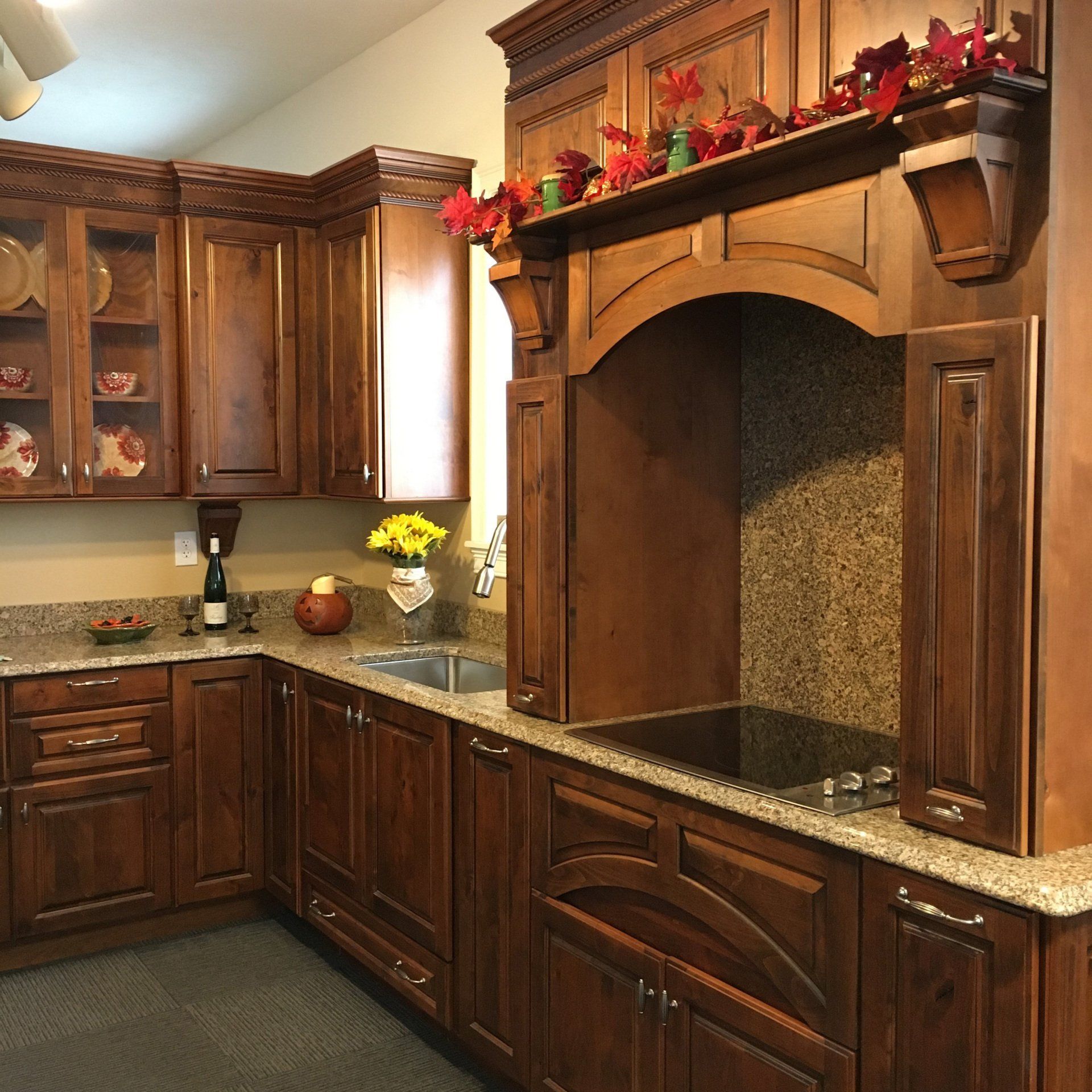

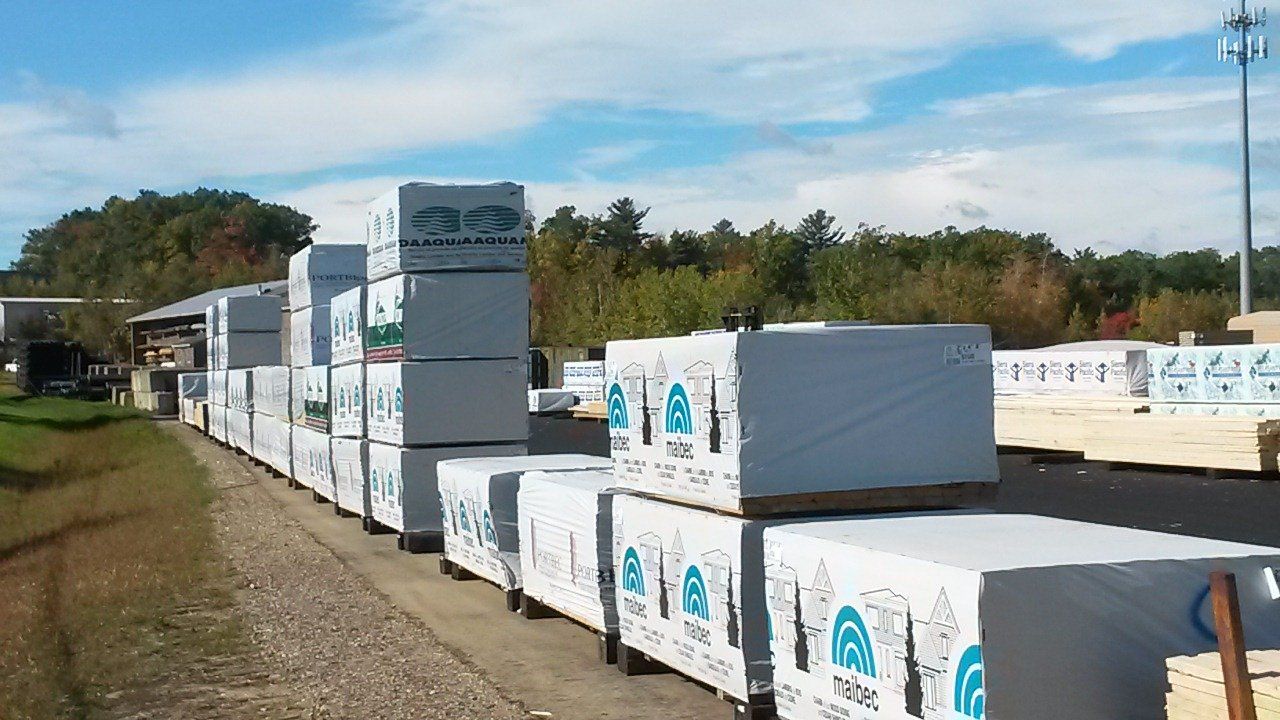
The lumber market nationwide continues to experience unprecedented price spikes and supply shortages
